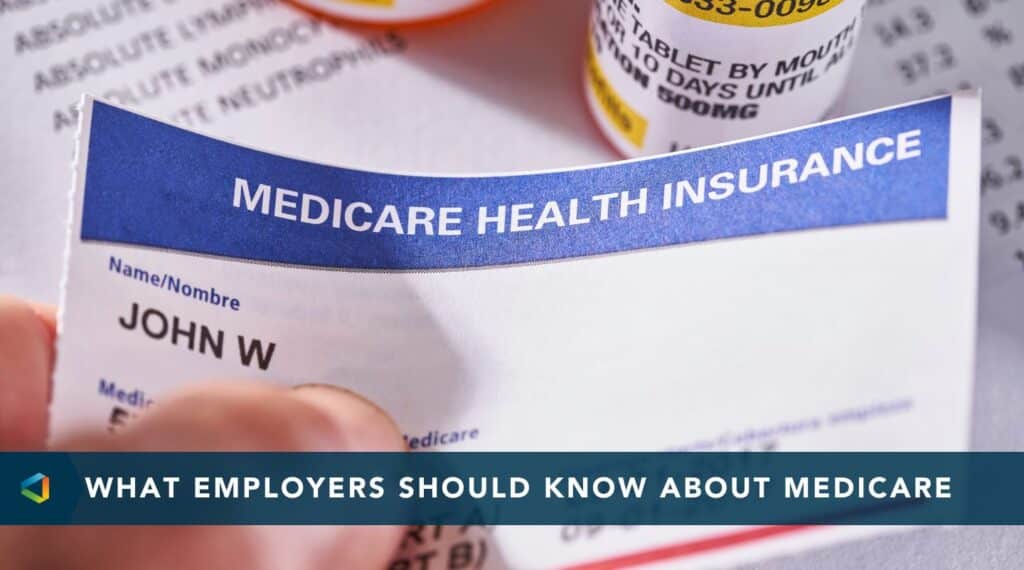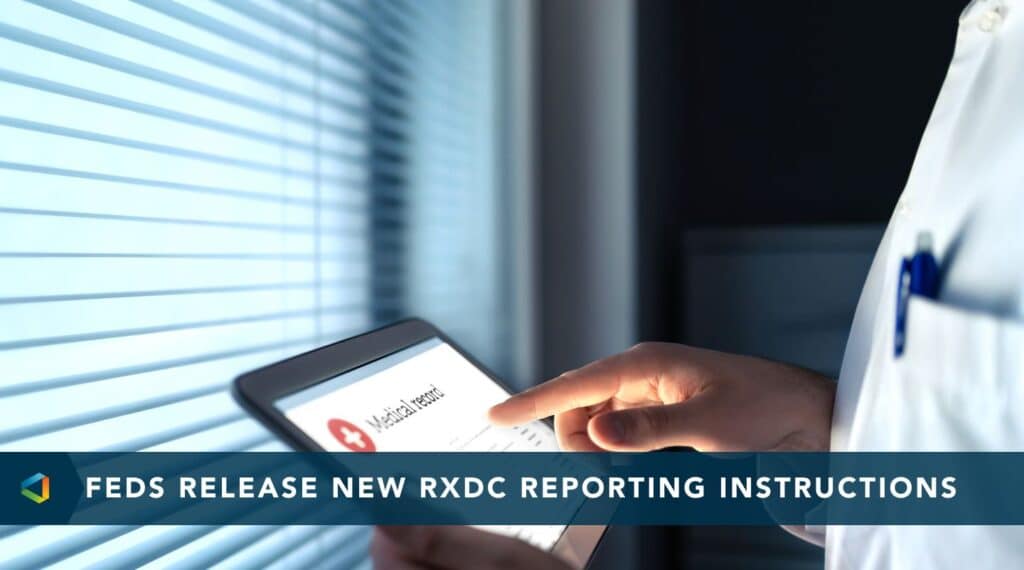Compliance Confidence
COVID-19 Unvaccinated Surcharges and Vaccination Incentives
COVID-19 Unvaccinated Surcharges and Vaccination Incentives
The recent surge in COVID cases nationwide has upped the stakes for employers in their efforts to maintain safe workplaces for employees. To address the risk related to unvaccinated employee status, employers are evaluating several options that range from a mandate to friendly suggestions.
Some employers have implemented vaccine policies using behavioral motivators (carrots or sticks). This may include incentives like cash or paid time off. In industries where remote work is not a possibility, many businesses are mandating workers be vaccinated.
To encourage health behavior and reduce plan costs, many employers utilize premium surcharges. Premium surcharges are a rapidly changing area of law, and there is no clear guidance on the legal implications of charging health premium surcharges for unvaccinated employees. The ADA, HIPAA non-discrimination rules, and EEOC wellness plan regulations may be implicated when designing and administering unvaccinated surcharges. The EEOC has commented on many aspects of COVID-19 policies in the workplace but has not commented directly on unvaccinated surcharges. As a result, implementing this kind of vaccination incentive is somewhat risky, at least now.
To utilize an unvaccinated surcharge, employers would need to implement it through a wellness program. In setting this up, the employer will need to consider:
- How the surcharge will work with other wellness incentives;
- Amount of surcharge;
- Notice procedures;
- Deadlines to get vaccinated and anticipating boosters;
- Midyear election changes;
- Documentation standards for vaccination status and exemptions; and
- What may be offered as a reasonable alternative.
Surcharges
As to the amount of the surcharge, HIPAA’s limitations on wellness program incentives will apply. Specifically, HIPAA limits wellness program incentives to 30% of the total cost of the medical plan coverage (50% for programs that include a tobacco cessation incentive). The total of all wellness program incentives must be below the applicable limit. In addition, the amount of surcharge may impact ACA affordability calculations for Applicable Large Employers.
Additional notice obligations (including SMMs) may be triggered if this change is implemented mid-year. With a change in employer contributions requiring some employees having to pay more, there will likely be a material reduction requiring distributing an SMM within 60 days after adoption. This could also be a significant cost change under the cafeteria plan, allowing employees to adjust their elections. Employers should review their cafeteria plan document and carrier documents for restrictions on mid-year changes due to an increase in employee contributions.
Reasonable Alternatives
The last consideration as to reasonable alternatives is tricky. A reasonable alternative standard for those who cannot be vaccinated for medical reasons may be required under HIPAA rules for health-contingent wellness programs. For example, tobacco wellness programs typically offer to attend a smoking education class as a reasonable alternative. What would a reasonable alternative to vaccination look like: weekly testing or a vaccination education class? But how difficult and expensive would that be to administer?
Many people feel very strongly about COVID-19 vaccinations, and employers’ emerging policies are making headlines. Employers should consult with legal counsel to design any unvaccinated surcharge wellness programs, given the potential risks of employee lawsuits or federal enforcement action.
Consider an alternative: tempting incentives for employees who vaccinate on their own
Incentives are a less risky way to promote vaccinations across a workforce – and less of a hassle. The EEOC has clarified that employers may offer unlimited incentives to employees who voluntarily provide documentation or other confirmation that they received a vaccination on their own (typically through a pharmacy, health care provider, or public health department). Incentives may include cash, gift cards, raffle prizes, or additional PTO. While vaccine surcharges are subject to caps and only impact health plan participants, incentives broadly promote safety goals across a workforce.
Requesting documentation or other confirmation showing that an employee received a COVID-19 vaccination in the community is not a disability-related inquiry covered by the ADA. Employers must still be careful to limit the inquiry to vaccination status. There are many potential reasons unrelated to disability that may explain why an employee has not been vaccinated—if an employee hasn’t been vaccinated, asking further why may draw out information about a disability, possibly violating the ADA. With the risk in mind, employers should train supervisors and managers on how to handle vaccine discussions. In asking about COVID-19 vaccination status, employers should warn employees not to provide unnecessary medical information, only proof that they were vaccinated. Typically, a vaccination card does not contain any additional medical information. But employers still need to keep the vaccination documentation confidential since an employee’s response regarding vaccination is, in-and-of-itself, personal medical information.
Many employers offer onsite vaccines or partner with a third party to vaccinate voluntarily. Incentives are restricted for these types of employer-sponsored vaccine programs. Employers may provide an incentive for employees to voluntarily receive a vaccination administered by the employer (or its agent), provided that the incentive is not so substantial as to be coercive. As discussed above, these incentive restrictions do not apply when employees get vaccinated on their own, through a pharmacy, provider, or public health department. An employer may not offer any incentives to an employee in exchange for a family member’s receipt of vaccination from an employer or its agent. The EEOC did not explain or provide examples of what incentives will be considered “so substantial as to be coercive” regarding where the employer administers the vaccine. This may mean the offered incentive cannot be so great that it effectively makes the employee’s participation involuntary.
The EEOC’s latest COVID-19 guidance for employers can be found in the Vaccinations section here.
More information and resources on navigating workplace issues stemming from the pandemic can be found here.
Finally, be sure to review the latest state and local laws and regulations on COVID-19 vaccination of employees.
Share
Related News & Updates

Article
IRS Issues Final Rule to Fix “Family Glitch”
10.12.2022

Article
Funding Option for Small Employers: MEWA
2.09.2023



